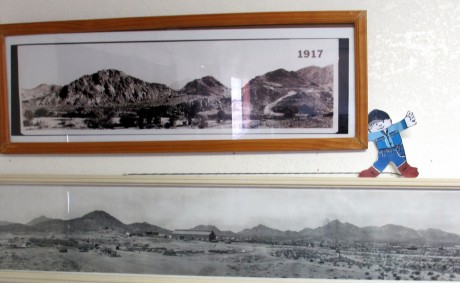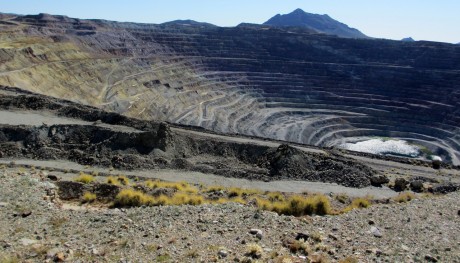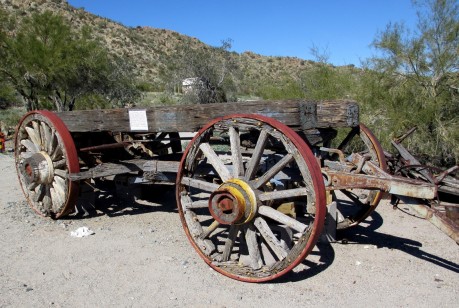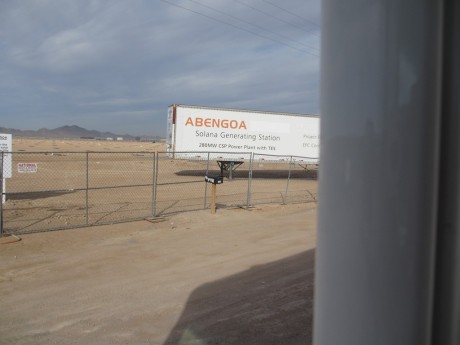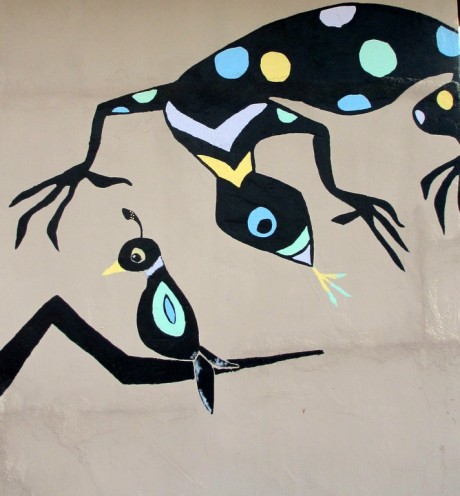
Yesterday, we drove a 21 mile established park route with 18 designated stops. The preservation is based on the organ pipe cactus above, which is said to play an eerie sound like an organ when the wind whistles over the spines. This area es estimated to be 10,000 years old, a young desert, and specimens are young here as well.

Saguaros dominate the landscape. It is estimated by scientists that a saguaro only begins to make arms when it reaches 65 years. They live 150 to 200 years and can weigh 50 tons.

A “green” desert, it is just beginning to bloom with desert marigolds and poppies, but the ground is full of young lupine that will put on a gorgeous show of purple in about a month.


O’odham Indians made a home here, learning how to synchronize their activities with the harsh weather. They used flash flood water channeled to irrigate quick growing crops in a few areas and harvested palo verde seeds and cactus fruits. Explorers wouldn’t have survived this desert without help from the Indians. The O’odham built shelters like the one above from a tough woody plant, the ocotillo, that resembles a cactus.

Ocotillo shows bright red leaves at times looking like it is in full bloom.

Look but don’t touch, is instinctive when looking at the cholla, pronounced choya, another common cactus in the park. Two species of cholla grow here. Edible fruits can catch on clothing, animal skin or fur and travel all over the park.

Twice, I picked up a dead rider from the cholla.

Prickly pear, is another edible. I’ve tasted the fruits and the leaves which when cooked taste like green beans. They are called nopalitas and you can find them at Mexican groceries.

A crest grows in an organ pipe, a mutation with an unknown cause, admired for its beauty.

The drive covered diverse terrain, and took us a leisurely four hours. We picnicked for lunch, the weather was beautiful. While the saguaros are majestic, they sometimes take on comical shapes.

My favorite-the elephant.

I’ll take you to my teddy bear leader.

Don’t shoot, I give up!

What should we name the baby, dear?

He can’t seem to keep his story straight. Arrest him.

I’ve called this meeting to discuss important issues for young saguaros.

I prayed you would get home in time.

You must stop for an inspection.

Goodbye folks. Come back again.







